VET APPROVED

The information is current and up-to-date in accordance with the latest veterinarian research.
Learn more »Click to Skip Ahead
Guinea pigs are smaller animals, though they are large for rodents. When you first adopt a guinea pig, you may get an adult or a juvenile. If you adopt a younger guinea pig, it is vital to ensure they are growing along the right timeline. Otherwise, it could signal that something is wrong.
In this article, we’ll examine the size a guinea pig should be at every stage and provide information you may need when measuring your cavy.

Fact About Guinea Pigs
Guinea pigs are native to the Andes of South America. The origin of the name “guinea pig” is actually unclear, especially considering that they aren’t related to pigs and aren’t from Guinea, but it may be related to their historical price tag of ‘one guinea’.
Nowadays, they are often kept as pets worldwide. They were first introduced in Europe in the 16th century and have been kept as pets ever since. Their docile nature and small size made them instant hits, and many specialized breeds have developed since then.
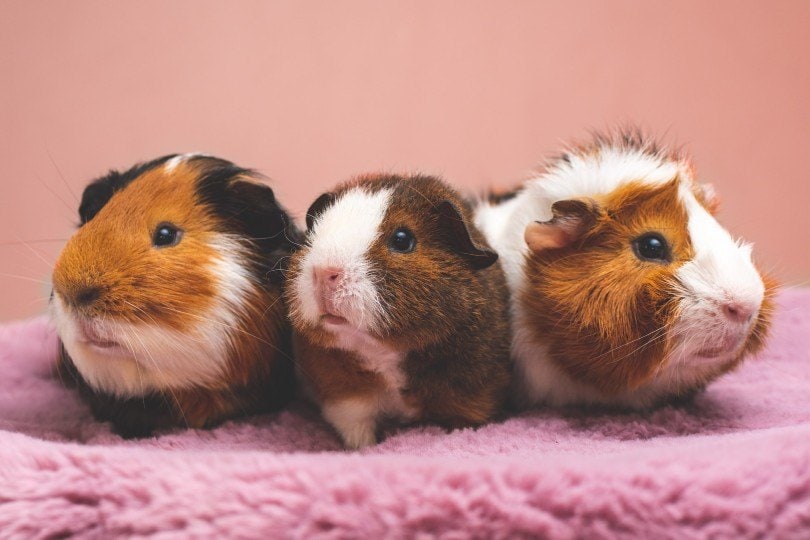
Guinea Pig Size and Growth Chart
The information from this chart shows the standard growth of a Hartley Guinea Pig. Males are bigger than females.
| Age | Weight Range (grams) |
| 2 weeks | 150–250 |
| 4 weeks | 285–400 |
| 6 weeks | 350–550 |
| 8 weeks | 400–700 |
| 10 weeks | 500–800 |
| 12 weeks | 550–900 |
| 14 weeks | 600–950 |
- Source: Charles River

When Does a Guinea Pig Stop Growing?
Usually, guinea pigs are considered adults at 6–12 months of age and that’s when their growth typically stops. Males are almost always bigger than females, usually by a few hundred grams. However, all guinea pigs stop growing at around the same time, no matter their sex.

Factors Affecting the Size of Guinea Pigs
You can expect all males to grow at a faster rate, though both sexes will stop growing at about the same time. The breed will also affect the growth rate since some mature faster than others. The Hartley guinea pig is the most common, especially in the scientific community. Therefore, we have the most scientific information about their growth rate. However, other breeds will grow at different rates and reach different sizes.
The diet of guinea pigs can also affect their size. However, if fed correctly, all guinea pigs should keep up with others of their gender and species.
Ideal Diet for Maintaining a Healthy Weight
Guinea pigs need a balanced diet to stay healthy and maintain a good weight. Their main food source should be unlimited hay, ideally Timothy hay, which is low in calcium and high in fiber, supporting digestion and dental health. They also need a small daily portion of guinea pig–specific pellets that are fortified with vitamin C, as they cannot produce this vitamin on their own.
Fresh vegetables should be offered daily, especially those rich in vitamin C like bell peppers and leafy greens such as romaine or parsley. Fruits can be given in small amounts as occasional treats due to their high sugar content. Avoid feeding processed treats, sugary snacks, or foods high in calcium. Always provide fresh water and introduce any dietary changes gradually to prevent digestive upset.
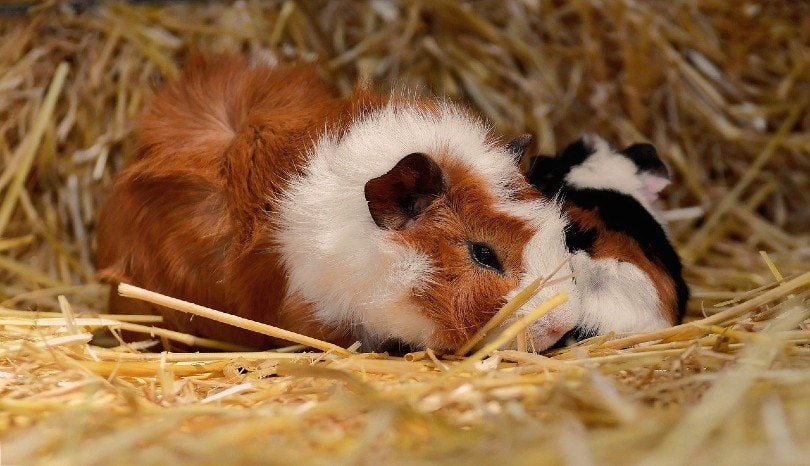
How to Measure Your Guinea Pig
When judging your guinea pig’s growth, you should focus mostly on its weight, especially if you have a younger animal. While you don’t want your guinea pig to be overly large for its length, comparing its length to its weight is not always an accurate way to judge whether it is at a healthy weight.
Measuring a guinea pig can be a bit difficult. The animal will likely not stay still for an extended time, making measuring difficult.
The easiest thing to do is use a kitchen scale, distracting your guinea pig with a treat or affection. Put a paper towel at the bottom of the scale to give your guinea pig extra grip, which may help them feel a bit safer.

Conclusion
Guinea pigs tend to grow at a similar pace, although differences between breeds and sexes are common. Males usually grow faster and end up slightly larger than females, often by a few hundred grams.
Healthy and well-cared for guinea pigs grow until around 6–12 months of age. After that, they have their adult size. While they may continue to fill out slightly, major growth typically ends around this time.
Featured Image Credit: Tettania, Shutterstock



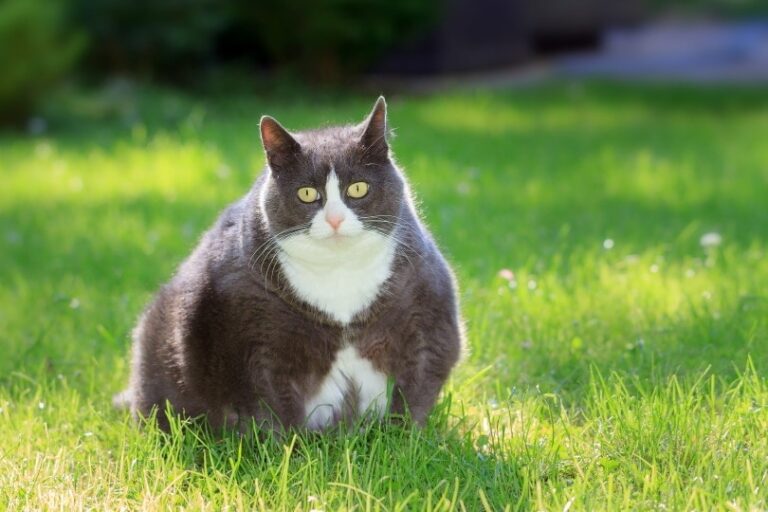


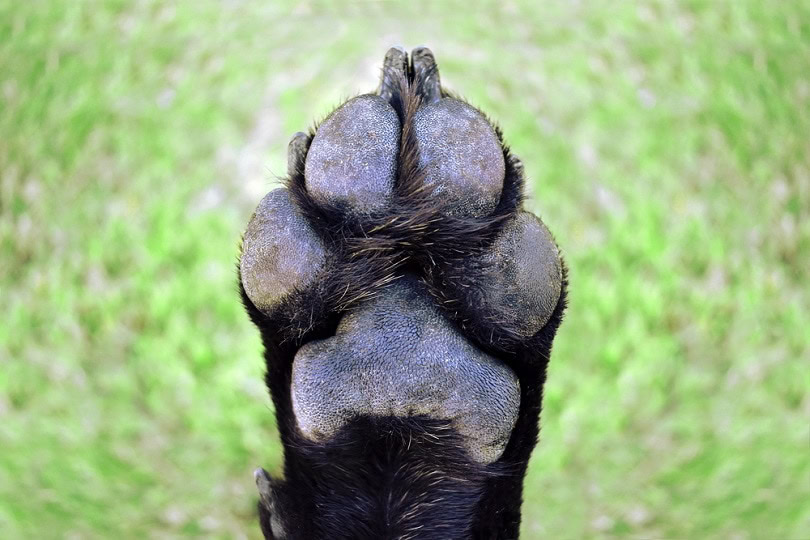
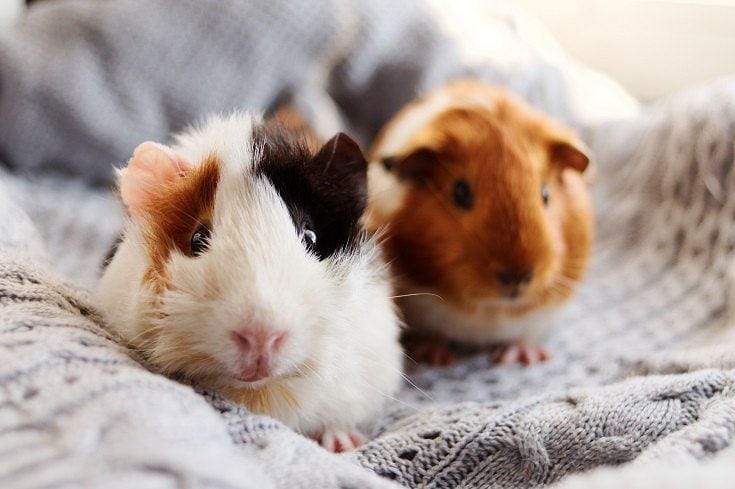



2 Responses
nice article , super
Hello Akash,
thank you very much for your feedback, we are glad that you found information in this article helpful!